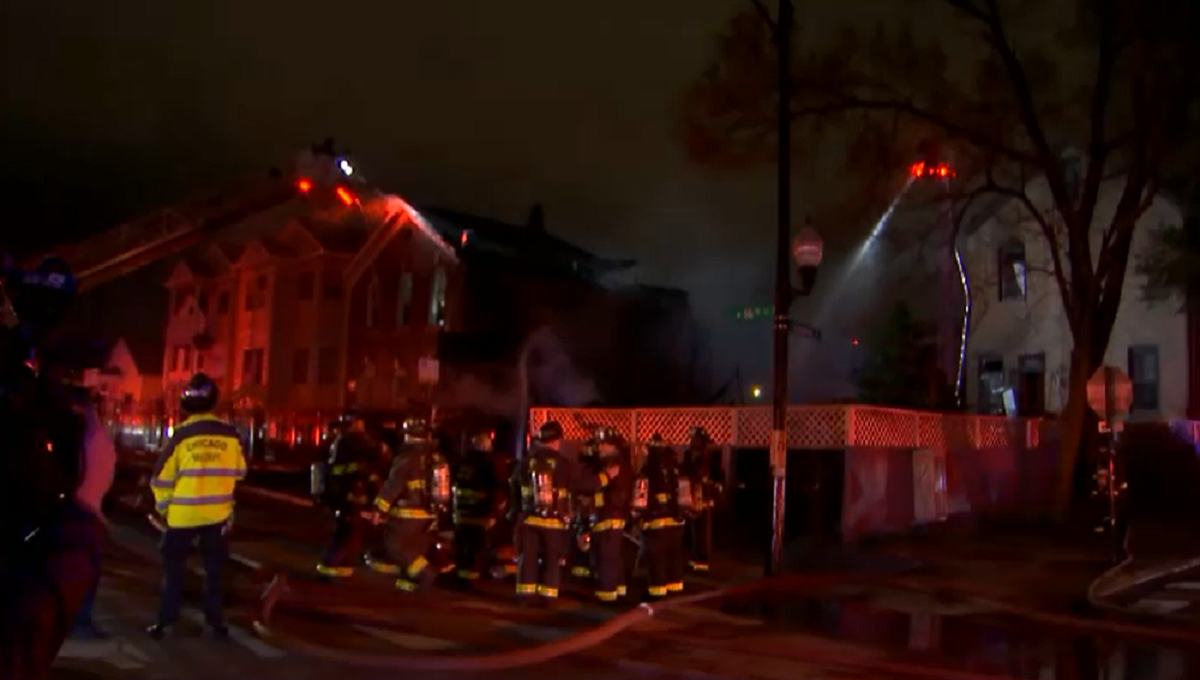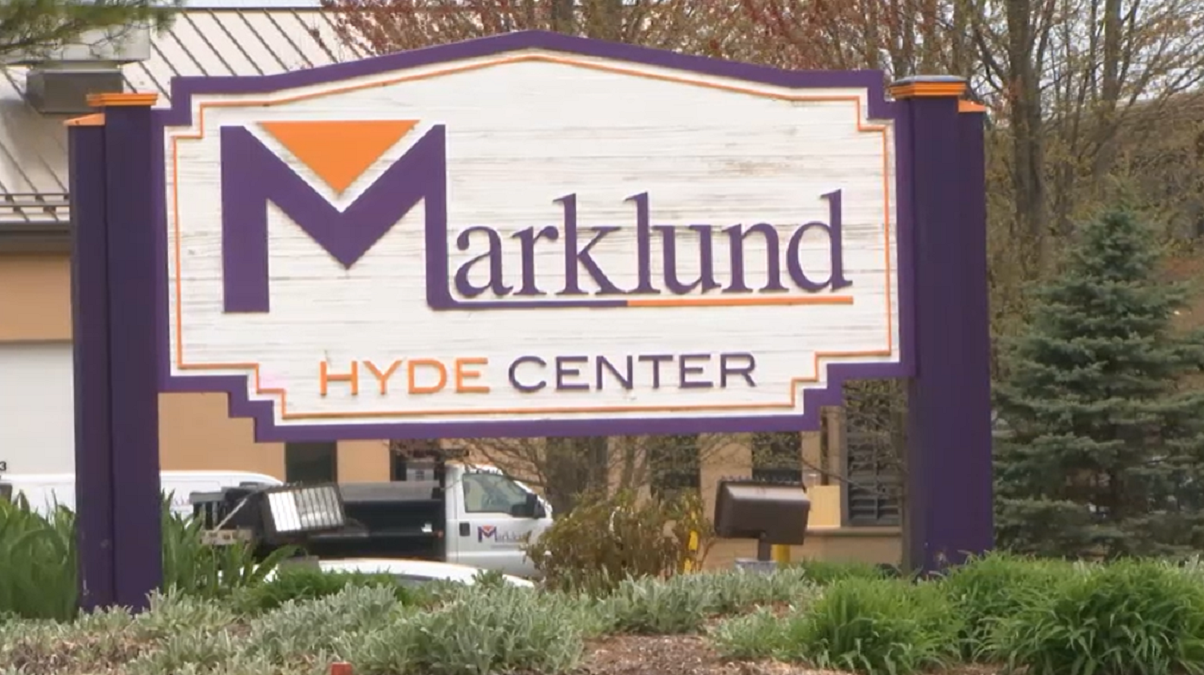Following the chaos of Chicago gunfire that left more than 4,000 people shot in 2016, some residents are learning how to treat gunshot wounds in hopes of saving the lives of neighbors and loved ones should the grim need arise.
A Northwestern trauma surgeon has created a course to help educate Chicagoans on just such a violent scenario—teaming up with activists and a fellow surgeon to train community members on what to do when help is still on the way. After Chicago’s 2016 closed as one of the bloodiest years in decades—with more than 762 murders, 3,550 shooting incidents and 4,331 shooting victims, according to police—the lessons could truly be lifesaving.
“Your actions can actually save someone’s life before any of the ambulances can arrive there,” Dr. Mamta Swaroop says.
The initiative is called the Chicago Trauma First Responder’s Course. Students learn the basics of life-saving techniques, like how to assess danger at the scene and take action to try and stabilize trauma victims while maintaining one’s own safety.
Dr. Leah Tatebe, also a Northwestern trauma surgeon, explained to a class recently how to apply a tourniquet using materials found in the neighborhood to stop blood loss.
Those who have attended the course also say there is an emphasis on what it means to be a Good Samaritan.
“My son was killed—and [he] bled to death,” said Crystal Signs of Chicago’s Cease Fire organization. “And you know I feel if we can work with a million people if we could save one somebody—it’s all worthwhile. And that’s what it’s all about … saving lives.”
Local
Alita Clark also attended to the first responder’s course.
“I have lost friends and family—and I just feel that if there were more trauma centers in the communities where they were shot—or if people were more educated on how to care for them until the ambulance arrived they would still be alive,” said Clark.
Students who complete the course receive a card that indicates they were trained in the program. Swaroop says the response has been overwhelming.
“I’m very excited about teaching this course,” she said. “I’m very thankful to my community to be a part of my community and teach my community.”



